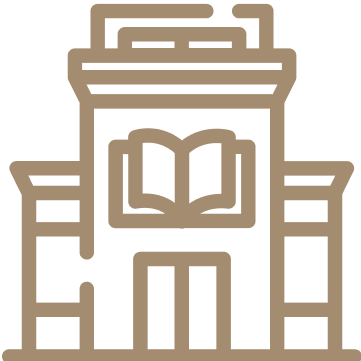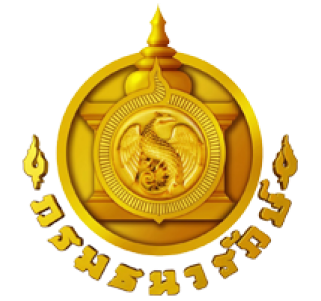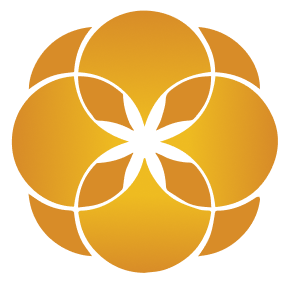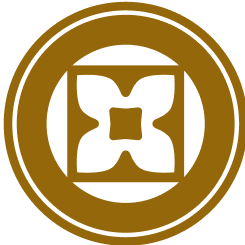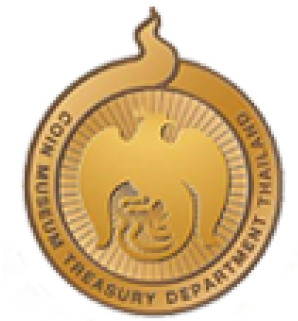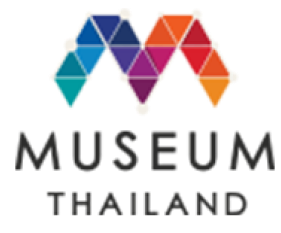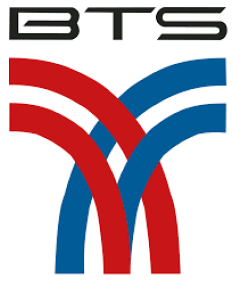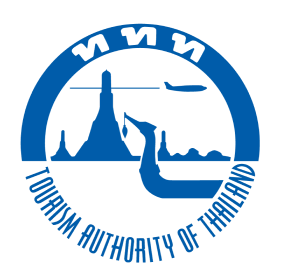Coin Museum
It is an agency responsible for producing and managing coins to be sufficient for the demand for use in the economic system, taking care of assets according to the conservation principle in order to maintain them as the cultural heritage of the nation. In addition, the Treasury Department also has another role, which is to disseminate knowledge about coins and the evolution of Thai currency, including international coins. Therefore, the Museum of Numismatics was established under the concept of “The Way of Currency, the Valuable Property of the Land.”
ดูทั้งหมดOpen
-
 Open for service
Open for serviceTuesday-Friday and public holidays
Monday closed
For the sale of commemorative coins
and coin products open dailyOpen for serviceTuesday-Friday and public holidays
Monday closed
For the sale of commemorative coins
and coin products open daily -
 Open
OpenTuesday-Friday
Time: 08.30-16.30 hrs.
Saturday-Sunday
Time: 10.00-18.00 hrs.OpenTuesday-Friday
Time: 08.30-16.30 hrs.
Saturday-Sunday
Time: 10.00-18.00 hrs. -
 round
round90 minutes per round
per ticketround90 minutes per round
per ticket
Learning Corner
The Coin Museum, an interesting place that will be a source of learning for you when you come to our Coin Museum.
ดูทั้งหมดHighlights
Good things, outstanding things, famous things, important things and stories that the museum has selected to present.
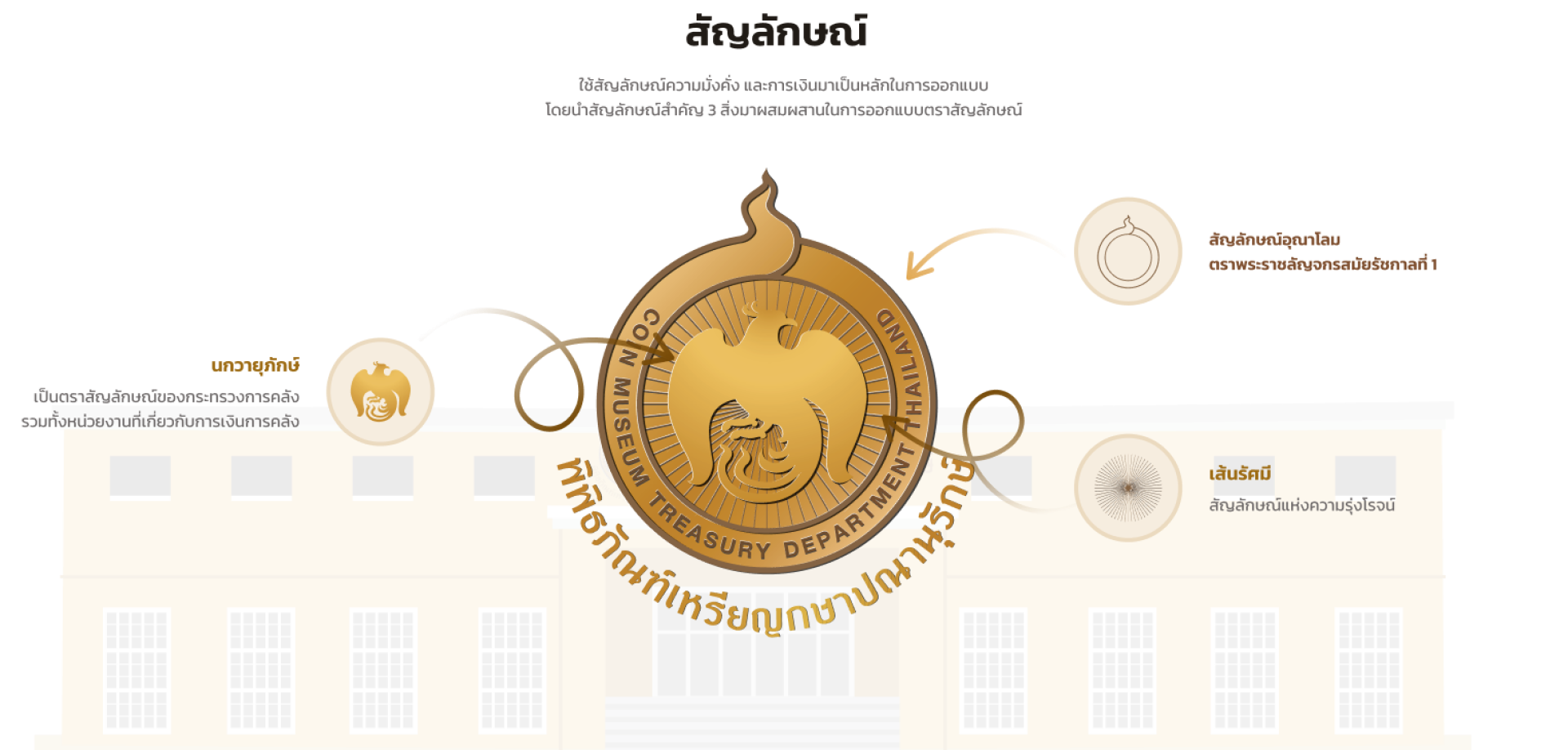
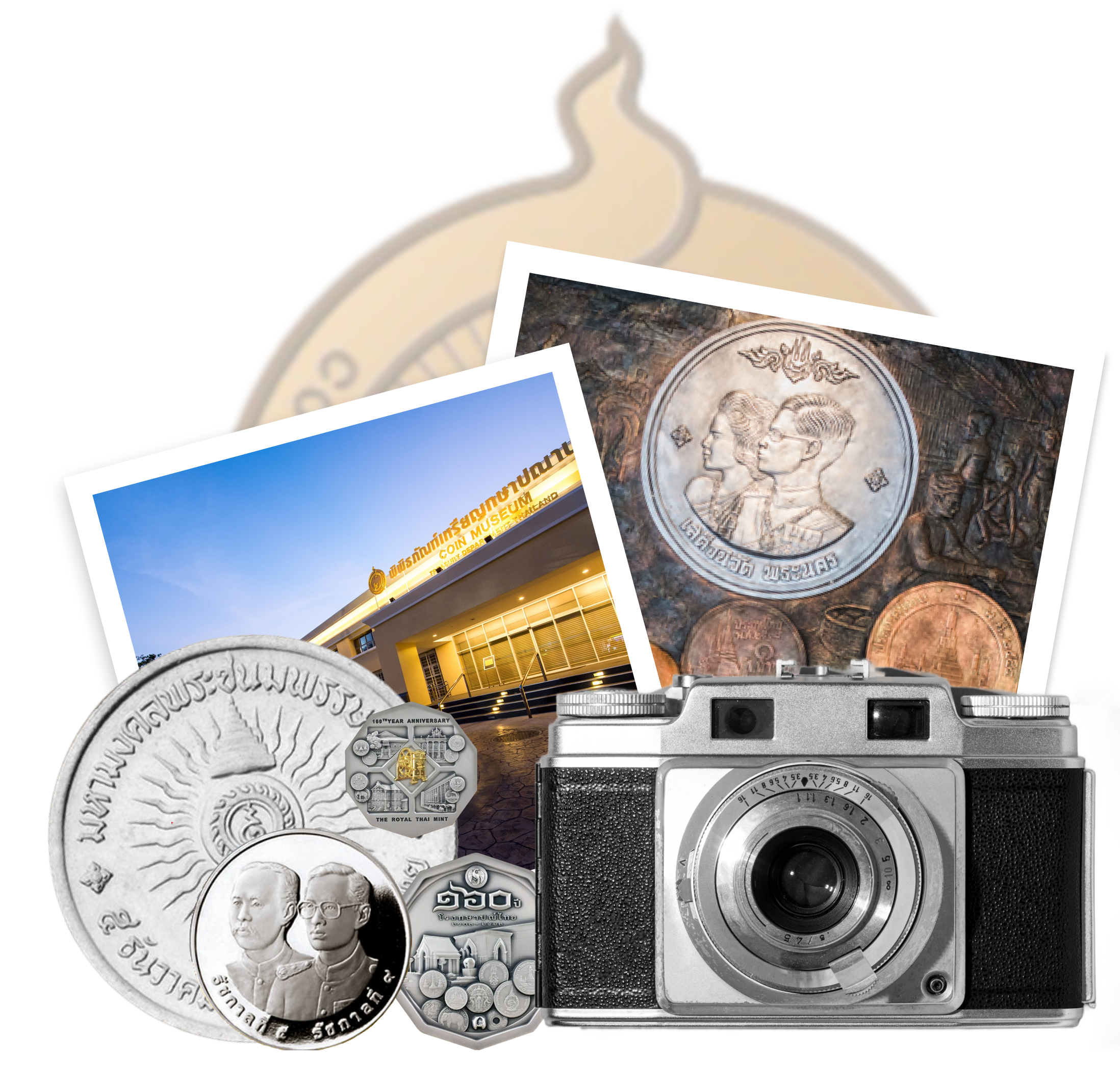
National Coins
It has a long history since the reign of King Rama I and was registered as an ancient building by the Fine Arts Department in 1990. It was opened as a tourist attraction in the Rattanakosin Island area and a community cultural education learning center. It is a new museum that combines the display of objects and historical storytelling with the display of the way of life of the original Bang Lamphu community, which is full of unique characteristics that have been practiced for a long time.
ชมวัตถุ 360
Phra Khlang in the Treasury of Royal Assets
The veneration of deities and sacred beings associated with specific places has long been a part of Thai cultural beliefs. This reverence is often expressed through the creation of sacred images, which serve as representations of the respected deities or spirits. Evidence of such practices can be seen in religious sculptures created by the upper classes or ruling elites since ancient times — such as Buddha images, Hindu deities, or other revered figures — many of which were commissioned by monarchs, royalty, or noblemen, and still remain today. In the Thai royal court during the Rattanakosin period, the tradition of creating sacred images to represent revered deities continued. For example, during the reign of King Mongkut (Rama IV), the image of Phra Siam Devadhiraj was created and enshrined within Phra Thinang Paisan Taksin in the Inner Court of the Grand Palace. This image symbolized the divine guardian protecting the Kingdom of Siam, ensuring its peace and survival through times of crisis. It is still revered by the Thai people today as a sacred symbol. In addition, there are sacred images representing deities who oversee wealth, national treasures, and the economy — such as the image of Phra Khlang in the Royal Treasury Department. It is believed that this image was created to embody the deity responsible for protecting the kingdom’s treasures. It also serves as an object of reverence and spiritual anchor for government officials and staff working in the Royal Treasury, encouraging them to work with honesty, integrity, and a strong moral compass.
ชมวัตถุ 360News of the National Coin Museum
Public relations, new news from the Treasury Department
Facilities
The Coin Museum, an interesting place that will be a source of learning for you when you come to our Coin Museum.
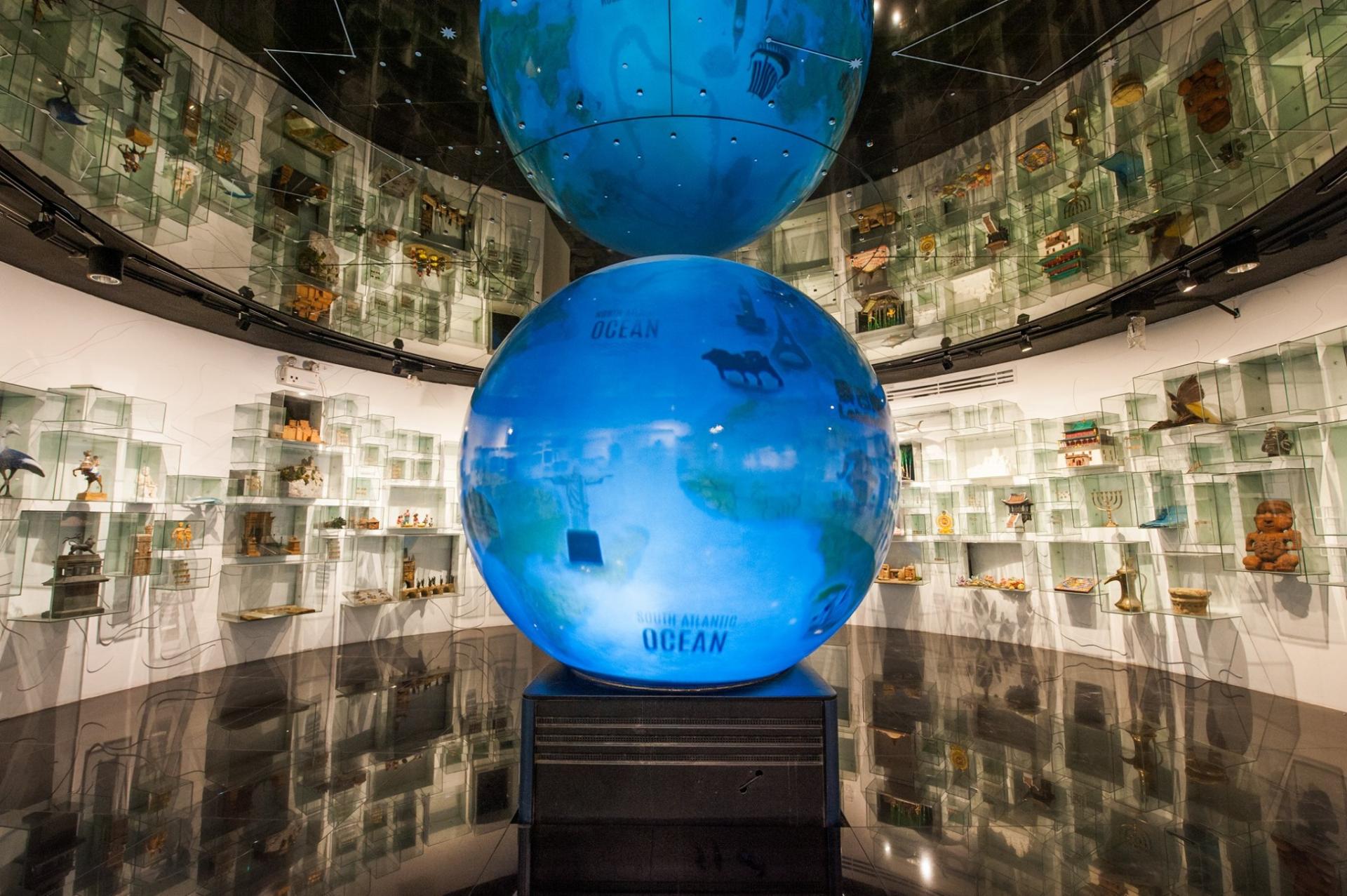

 โดย Admin
โดย Admin 


